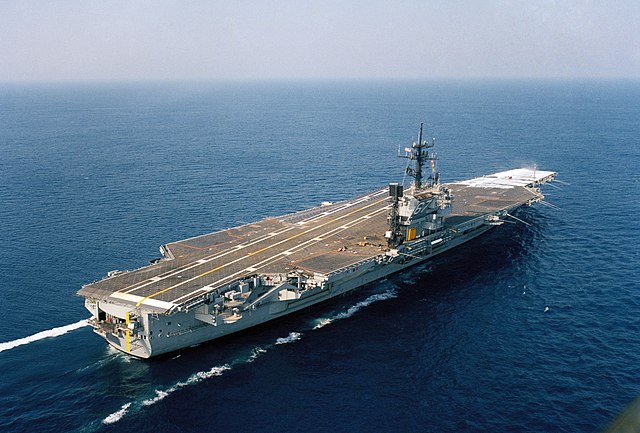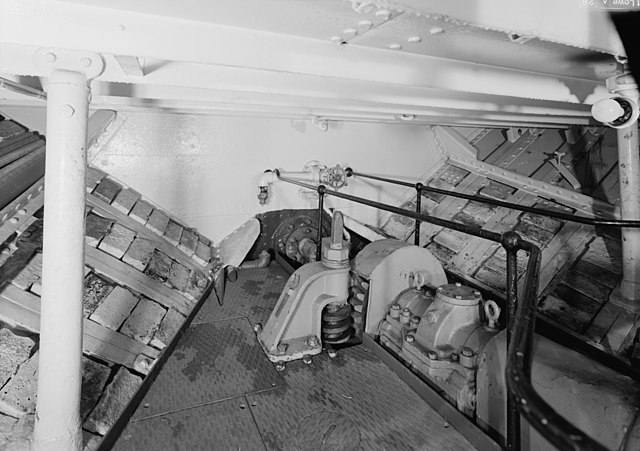SS Agamemnon was one of the first successful long-distance merchant steamships. She was built in 1865 to trade between Britain and China, and competed with tea clippers before and after the opening of the Suez Canal in 1869. She brought together three improvements in steamship design: higher boiler pressure, an efficient and compact compound steam engine, and a hull form with modest power requirements.
Agamemnon
A steamship, often referred to as a steamer, is a type of steam-powered vessel, typically ocean-faring and seaworthy, that is propelled by one or more steam engines that typically move (turn) propellers or paddlewheels. The first steamships came into practical usage during the early 1800s; however, there were exceptions that came before. Steamships usually use the prefix designations of "PS" for paddle steamer or "SS" for screw steamer. As paddle steamers became less common, "SS" is incorrectly assumed by many to stand for "steamship". Ships powered by internal combustion engines use a prefix such as "MV" for motor vessel, so it is not correct to use "SS" for most modern vessels.
The paddle steamer PS Waverley at Swanage is the world's last seagoing paddle steamer
An aerial starboard quarter view of the aircraft carrier USS John F. Kennedy (CV-67), which was the last US Navy aircraft carrier to use conventional steam power
The side-wheel paddle steamer SS Great Western, the first purpose-built transatlantic steamship, on its maiden voyage in 1838
Image of stern tube and propeller shaft in a lighthouse ship





